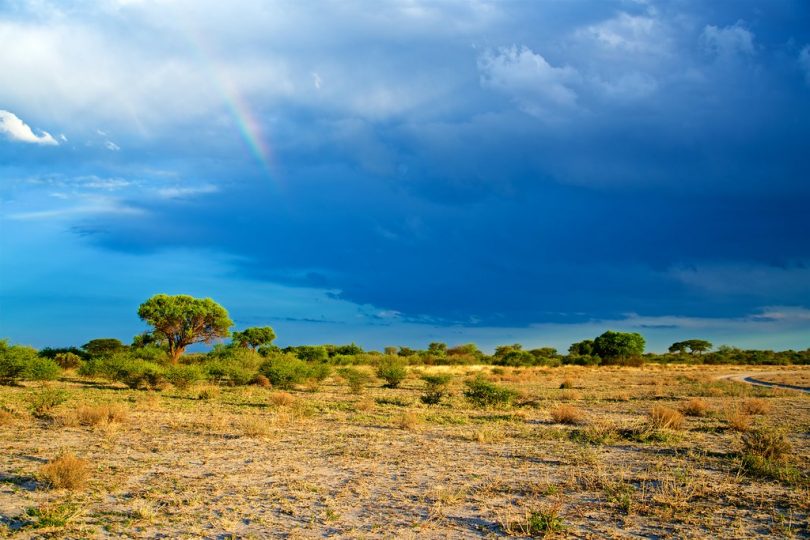Frenchy Cannoli (1956-2021), the master hashishin, was a strong advocate and enthusiast of cannabis terroir. It is rumored that the concept of terroir was publicized by French winemakers in the mid-20th century who wanted to wane off competition from the emerging wine industry in California. Consequently, the Frenchmen “created the idea” that their wine was special merely because of the geographical characteristics (terroir) of the region where it was produced. You could “taste the place.” Is terroir a reality and what does scientific literature have to say about its relevance?
How Relevant is Terroir for Cannabinoid-Based Therapies?
An article that was published in Geojournal analyzed cannabis terroir and its relevance in medical cannabis using secondary sources as well as primary research. [1] Several things were highlighted in this extensive paper.
What is a Cannabis Terroir?
Terroir is a French term that vaguely means administrative or territorial land. It had evolved over time to mean the whole environment in which a plant is cultivated. This includes the soil type, microbial life, climatic conditions, and presence of contaminants. Cannabis terroir, therefore, refers to how all these factors relate to the cannabis plant. The terroir is believed to affect the quality of the plant in terms of appearance, flavor, aroma, and potency.
Landrace Versus Terroir
Some sources use terroir and landrace interchangeably. Though they are not one and the same, however they are closely related. A terroir implies the natural and cultural environments of a given cultivar while a landrace refers to a plant or animal species that have adapted to its culture and environment (domesticated) over time. A terroir is an expression of how the external factors affect the genotype and phenotype of cannabis and specifically landrace cultivars. Landraces are known to have a high tolerance capacity for biotic and abiotic stressors and hence have yield stability. [2] At the end of the day, both terroirs and landraces are intertwined in geographical and historical significance. Unfortunately, landraces and terroirs are under threat of extinction due to war, neglect, repression (forced eradication), and the agricultural model of legalization.
The paper reports a comparative experimental cannabis research endeavor that is being carried out by geologist John Bershaw. Preliminary research has revealed that soil chemistry has a direct effect on the properties of cannabis such as cannabinoid, terpene, and macronutrient concentration.
A good application of terroir in cannabis is Moroccan hashish. What unique qualities are expected of hashish that come from Morocco? From the paper, it appears that Moroccan soil has a big influence on the aroma and flavor of the hashish. Interestingly, wines made from similar soils had similar flavors despite vast geographical differences compared to wines that were grown closer together, but in different soils.
After a review of the literature, the article’s authors conclude that terroir has a central place in conserving the biological and cultural qualities of cannabis because it encourages low-input and low-carbon farming, makes small-scale farming more economically feasible, and values and pays homage to tradition and to one’s locale. The article also highlighted the significance of terroir as a means to “preserve the livelihoods of some of the world’s poorest farmers.” [1]
Image Sources
https://www.flickr.com/photos/gridarendal/34968247336
References
1- Chouvy PA. Why the concept of terroir matters for drug cannabis production. GeoJournal, 2022. [journal impact factor = 1.987; times cited = 0]
2- Casañas F, Simó J, Casals J, Prohens J. Toward an Evolved Concept of Landrace. Front Plant Sci. 2017;8:145. [journal impact factor = 3.712; times cited = 66]








